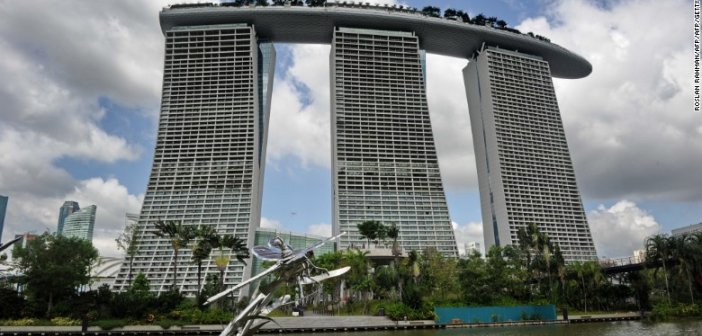Awards are very important in the architecture world. Not only do they celebrate the singular creation of a particular architect or a unique breakthrough, they also play a role in shaping the direction of a profession that has a tremendous impact on our environment.
Awarded buildings and their technical, spatial, social or aesthetic attributes become cult objects for other architects. The validation by a panel of experts certifies a project's worth, and alerts other architects to study and take note. Over the years, and especially thanks to globalization, awards programs have proliferated around the world, generating noise and forcing us to focus on the relevant prizes.
The World Architecture Festival (WAF) started in 2008 with the aim to celebrate and share architectural excellence from across the globe, making Singapore their home over the past four years.
Singapore is the epicenter of the emerging world, a region where the population will increase at an unprecedented rate, and where most of the next great migration into cities will take place.
This new epicenter not only attracts architects from the United States, the United Kingdom, Australia and the rest of Europe, but also from China, India, Indonesia, Thailand and Vietnam -- countries that are rapidly growing both economically and in population, creating the right conditions to kick-start innovation in architecture.
This is the most relevant part of the WAF awards program; the architects themselves must pitch their projects to a global panel of experts, who will then challenge participants with questions about technical, structural, and spatial details.
During this back and forth discussion, we discover the true inner qualities and innovations of a project. From a building's structure to its community impact, every aspect is evaluated.
Unlike other architecture awards, the transparent process is watched by a live audience. This adds a layer of direct instruction and exchange of ideas.
The jury is composed of renowned critics, editors, architects, and past WAF winners, and has included renowned figures such as Sir Richard Rogers, Peter Cook, Sou Fujimoto, Charles Jencks, Will Alsop, and Yvonne Farrell.
During two days, hundreds of architects will follow this dynamic of live "crits" or presentations, at the Marina Bay Sands, designed by Moshe Safdie.
After the jury selects the top buildings from each category, the winners go on to present in front of the foremost experts of the jury for the chance to become the World Building of the Year, the WAF's top award.
The projects that have received this distinction are clear examples of what architecture must strive to be. Winning projects deliver contemporary design through a skilled use of resources and are deeply connected to the communities that they serve.
This has been exemplified by buildings such as the Toi o Tamaki Art Gallery in Auckland by FJMT, the Mapungubwe Interpretation Center by Peter Rich, and a modest chapel in Ho Chi Minh City by a21 Studio.
Other winning projects, like the MAXXI Museum by Zaha Hadid in Rome, or the Cooled Conservatories at Gardens by the Bay in Singapore by Wilkinson Eyre Architects, have demonstrated radical concepts and forms.
During this week, architects will once again reunite to take part in an intense process that will recognize the buildings that are improving the quality of our built environment, giving hints of where architecture should and will be heading.
(CNN)





www.ann.az





